TO A RI E
2016, audiovisual composition 112 min.
Notation #12 (for voice) and Notation #13 (for movement) on paper;
HD-Videoprojection, 4-Audio channels.
2016, audiovisual composition 112 min.
Notation #12 (for voice) and Notation #13 (for movement) on paper;
HD-Videoprojection, 4-Audio channels.
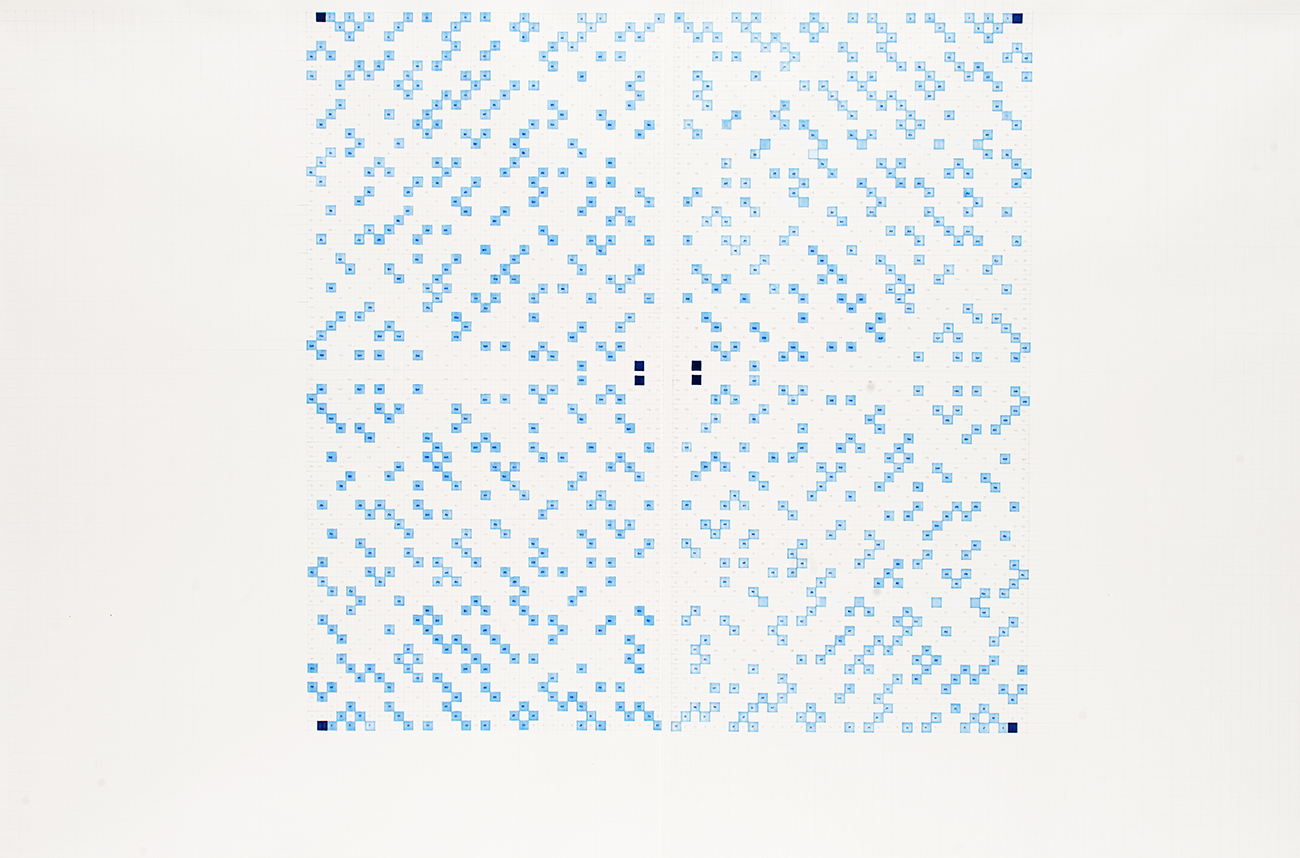
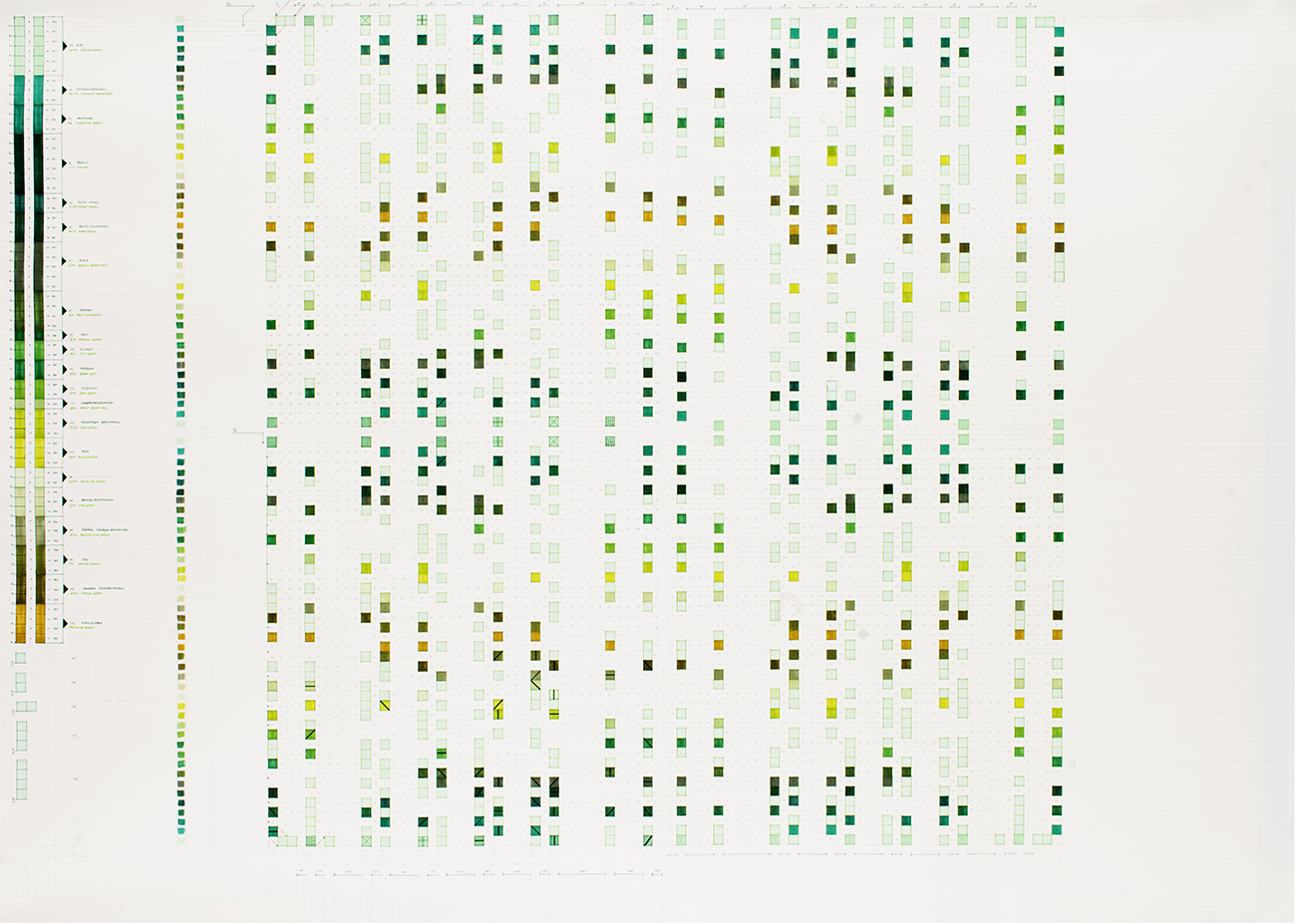
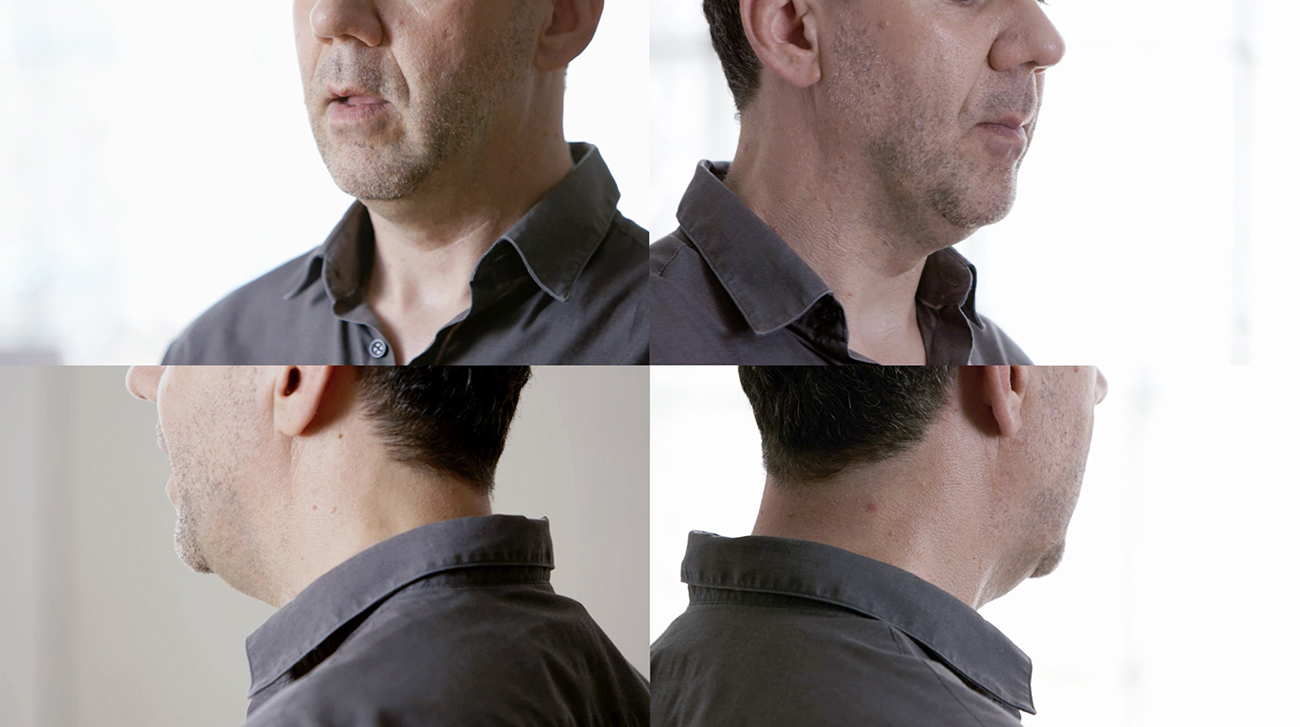
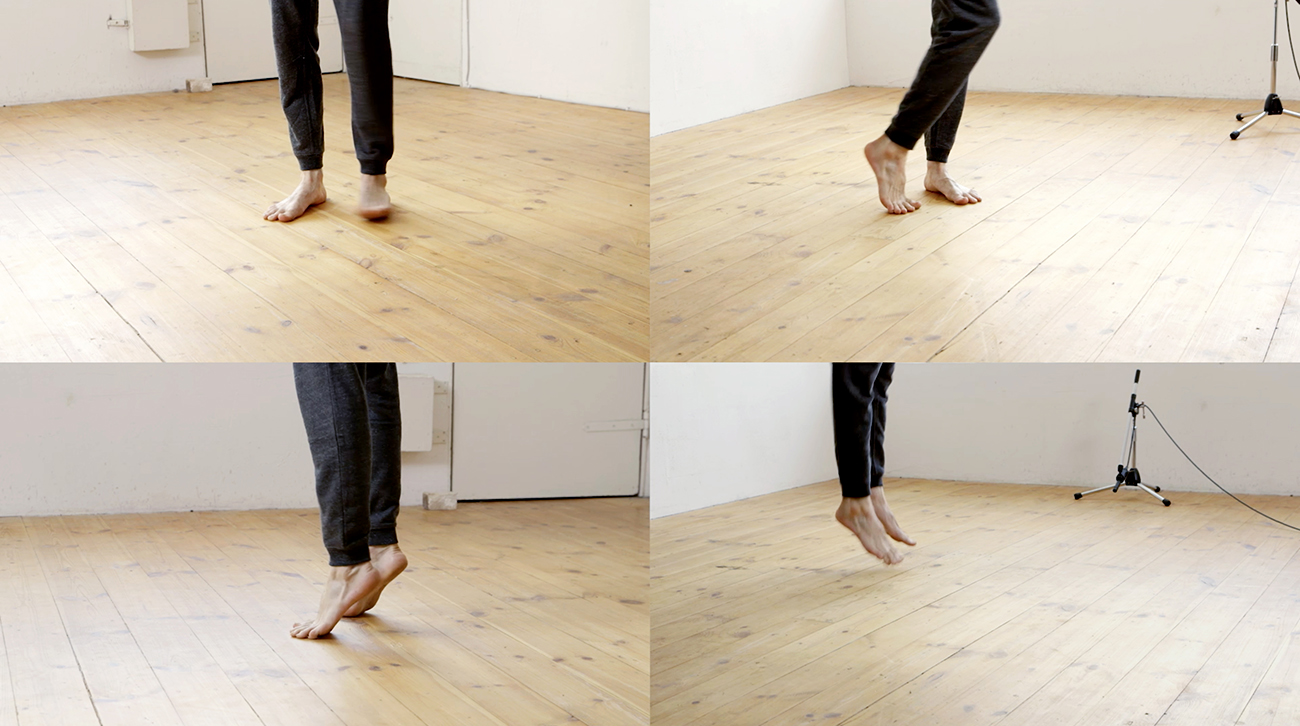
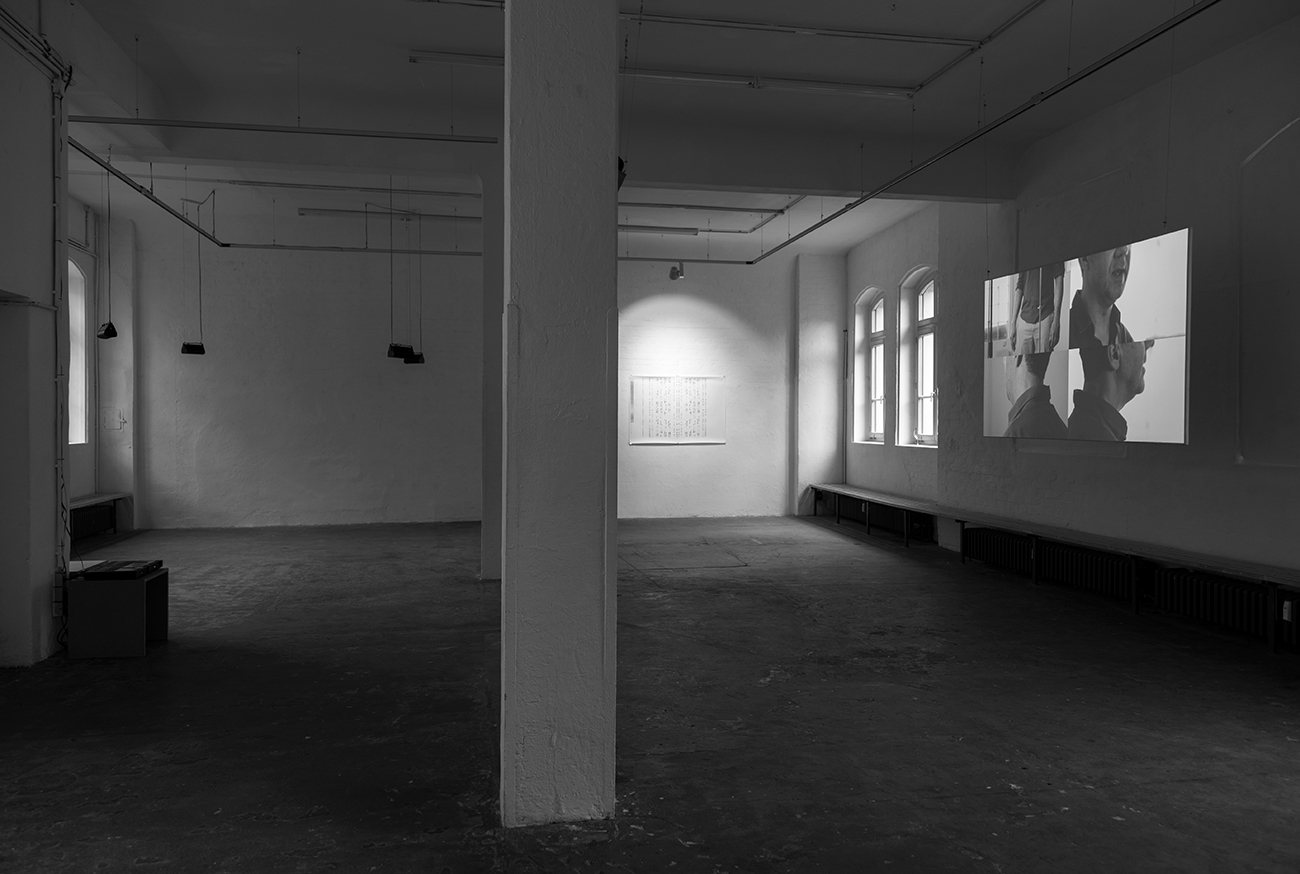
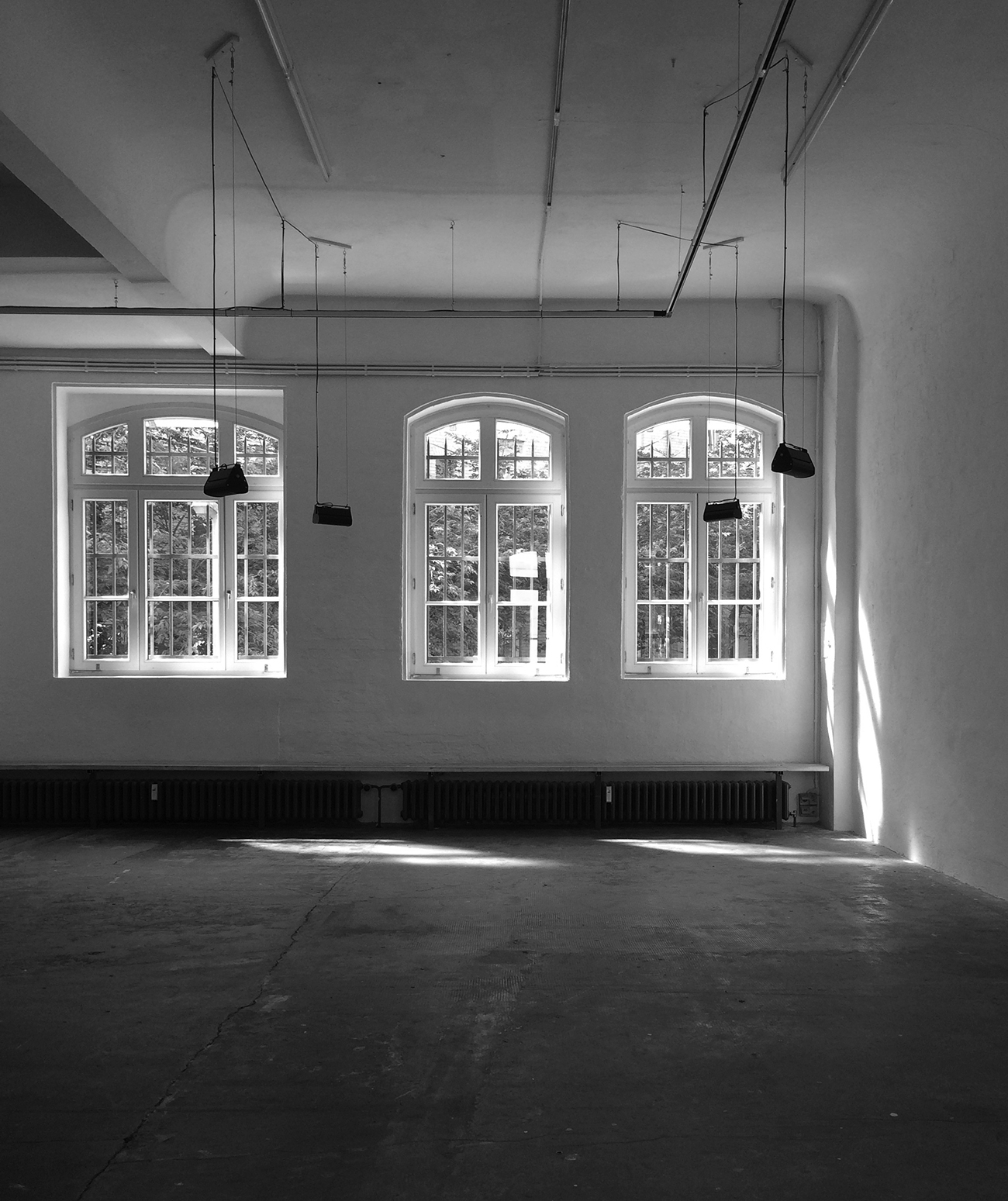
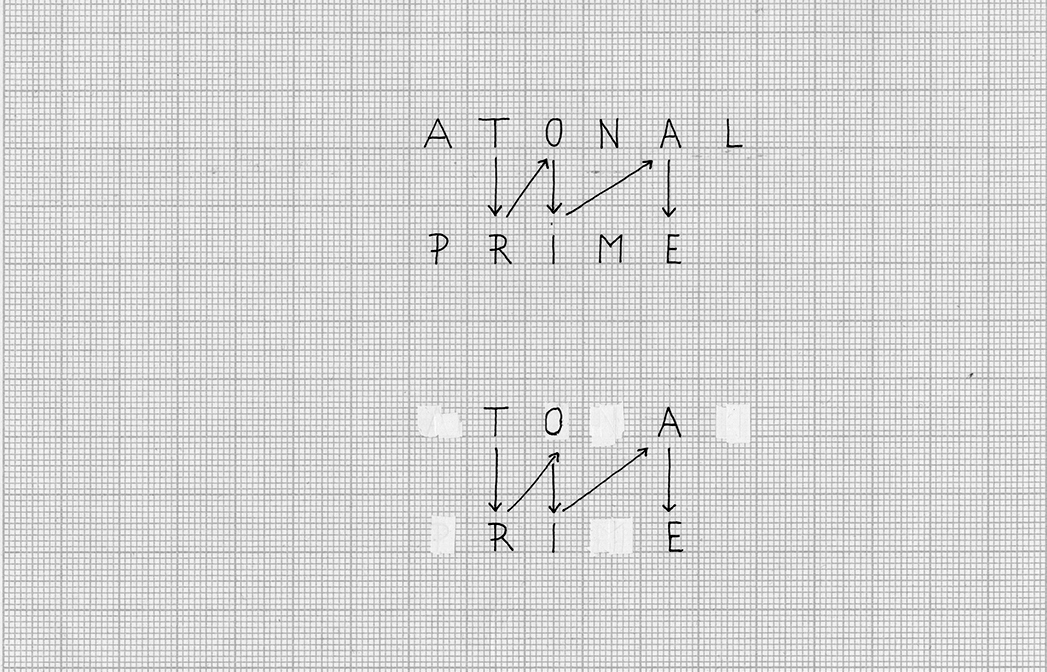
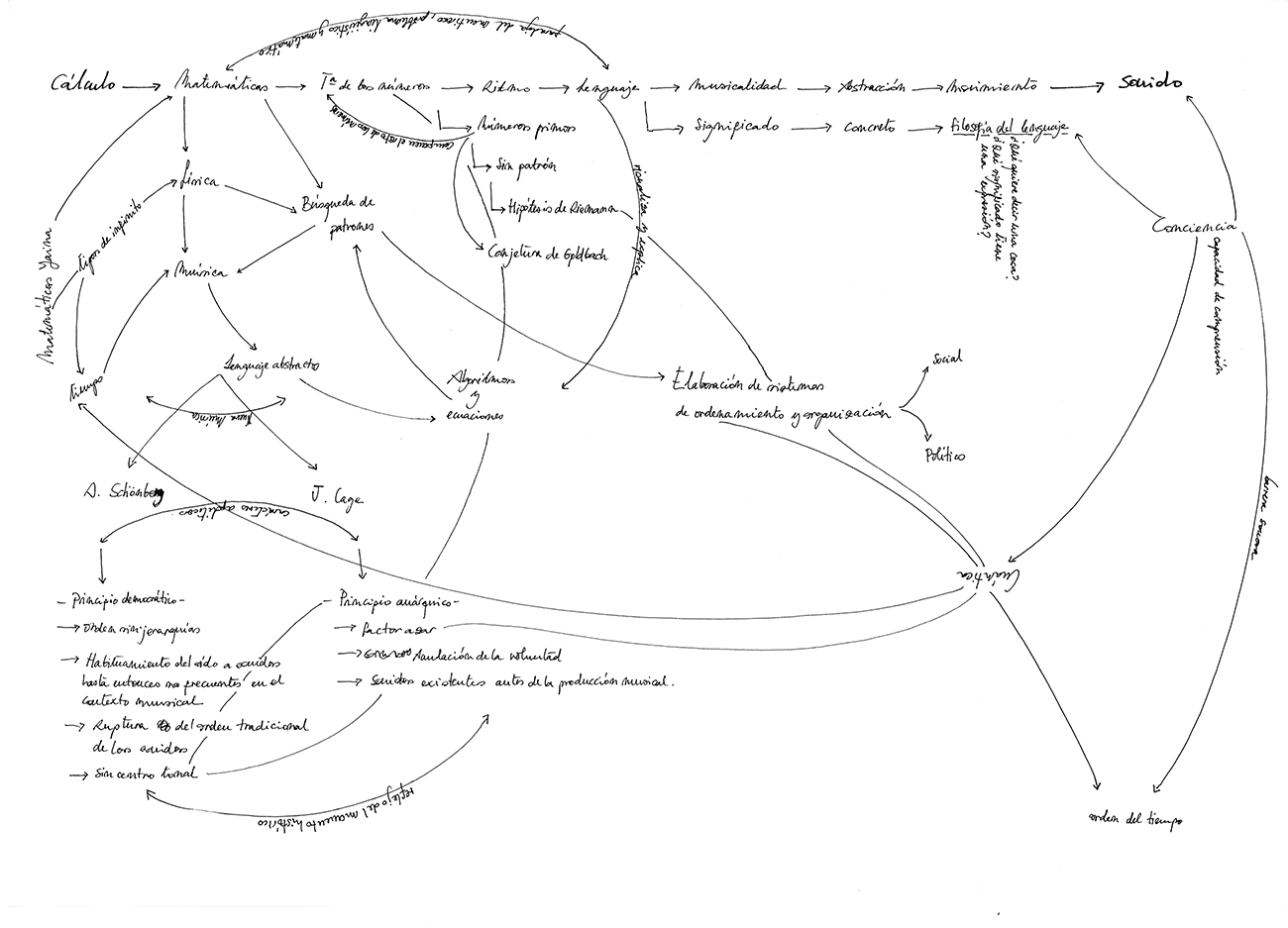
To explore pre-linguistic thought processes and in the role of movement as pre-lingual means of communication and related questions, the artist has chosen a quasi-scientific, systematic approach developing complex math-based notations and collaborating with professional dancers and singers. Inspired by mathematical, scientific, and democratic systems Simón Medina in her work minimises her own subjectiveness and freedom of decision-making. Instead, the artist has developed a serial method combining and interconnecting different ‘democratic’ structures, which are the basis on which she bases her notations, compositions, and choreographies: Twelve-tone technique is a means of ensuring that all 12 notes of the chromatic scale are sounded as often as one another and to not favour any one note in a piece of music; Goldbach numbers appear as an irregular sequence of numbers, and are equal with regard to their characteristic of being the sum of two primes. The outcome of combining two such systems, however, is unpredictable, as is the outcome of further complicating the work by introducing systems from other scientific disciplines such as the anatomical or phonetic chart.
In Simón Medina’s notations the smallest unit, one square centimetre represents a number. The basis for Notation #12 (for voice) is a grid of 37 by 37 unites (the first 12 prime numbers are contained between 2 and 37). The score then is multiplied three times by mirroring it both on a vertical and on a horizontal axis, and then again mirroring the mirrored score so that the overall amount of units of the four quadrants adds up to 5476 units. The second score, Notation #13 (for movement), is based on a grid of four times 42 units (the number 42 was chosen as the next higher even number following 41; the first 13 prime numbers are contained between 2 and 41). Mirrored and duplicated the four quadrants – original, reverse, inverse, and reverse-inverse – form the score, which adds up to overall 7056 units. In both notations, all of the contained prime and Goldbach numbers are highlighted in green or blue respectively.
While Notation #12 (for voice) reads horizontally from left to right, Notation #13 (for movement) reads vertically from top to bottom. As a means to interpret the notations and help the singer and dancer translate them into sound and movement, Simón Medina has produced another, secondary set of notations using the International Phonetic Alphabet chart to translate Notation #12 (for voice) into different vowel sounds at different pitches. Developing an interpretation aid for Notation #13 (for movement) Simòn Medina has worked with a chart of the human body enumerating different muscles from head to toe. Handing over both sets of notations to two professionals, the dancer Johannes Schuchardt, and the singer Rainer Killius, Simòn Medina’s project is complemented by their individual interpretations. Taking the form of an installation, it is important for Simón Medina to in her project spatially separate sound and visual image; more specifically to separate the notations and recorded sound from the documenting video image. As a result notations, sound -, and video recording are treated as equal parts highlighting the importance of interpretation as a creative act and allowing for the beholder to claim their own analytical position.
Text by Mareike Spendel